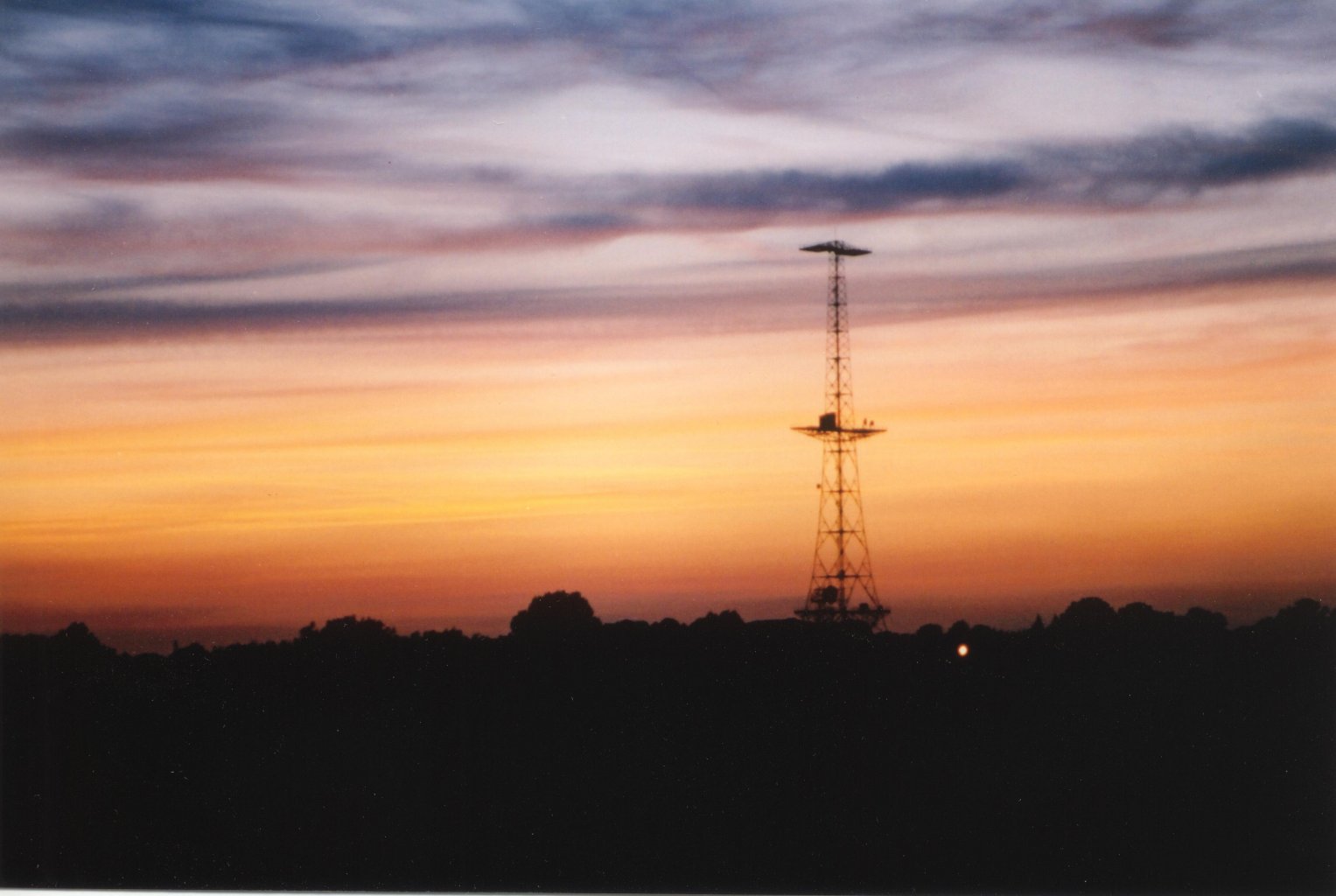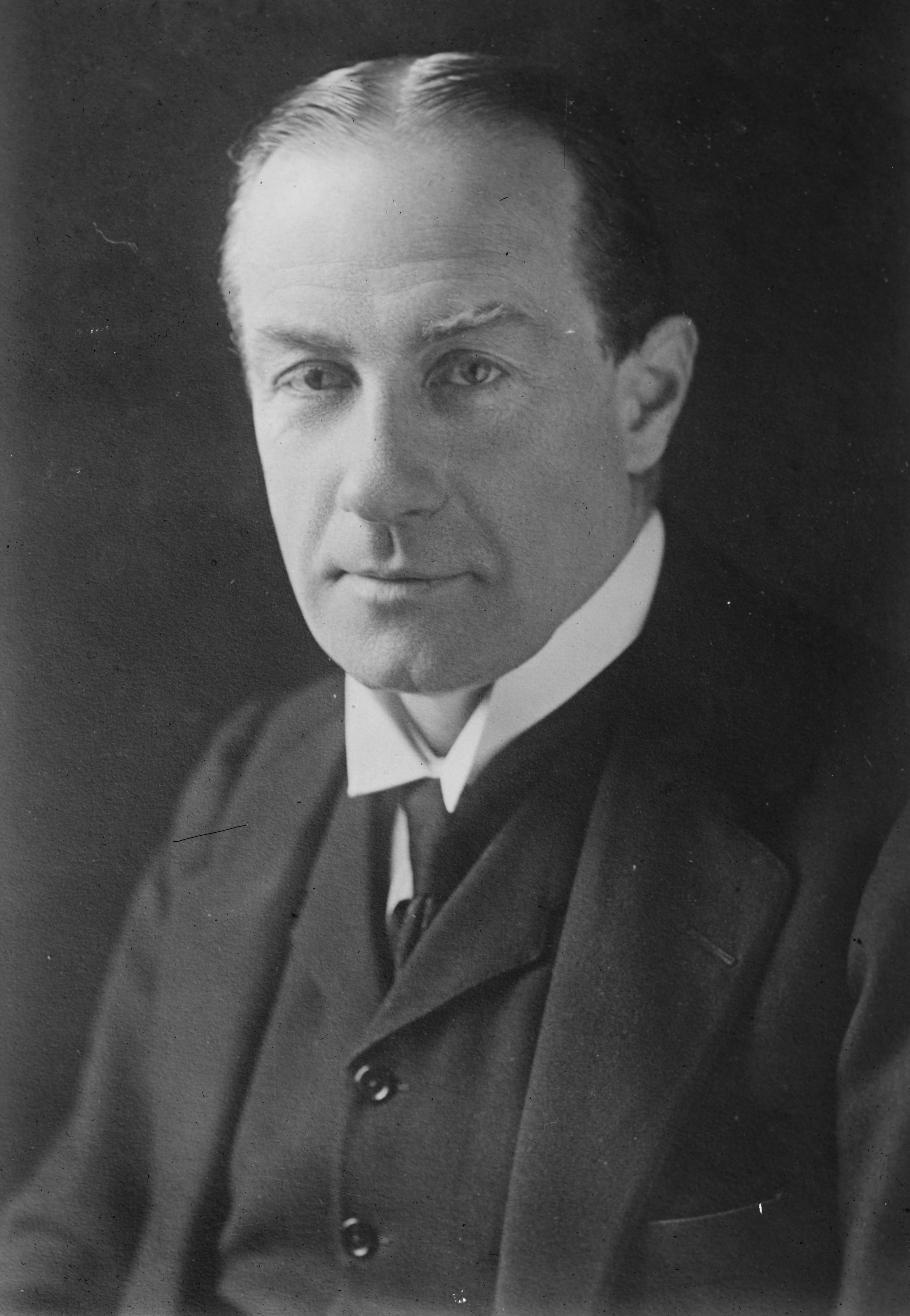|
Marconi Research Centre
Marconi Research Centre is the former name of the current BAE Systems Applied Intelligence Laboratories facility at Great Baddow in Essex, United Kingdom. Under its earlier name, research at this site spanned military and civilian technology covering the full range of products offered by GEC-Marconi, including radio, radar, telecommunications, mechatronics and microelectronics. Origins Marconi Company chose to establish itself in Chelmsford shortly after the company was founded in 1897. It first acquired the former silk-works on Hall Street before expanding to a new factory, the New Street Works, in 1912. At the same time a formal Research Department was founded under the auspices of Charles Samuel Franklin near the original Hall Street works. The facilities were placed under the direction of the Admiralty at the outbreak of the First World War. When the Marconi Company resumed control in 1919, it was two years before the Research Department was reconstituted under H. J. Roun ... [...More Info...] [...Related Items...] OR: [Wikipedia] [Google] [Baidu] |
Imperial Wireless Chain
The Imperial Wireless Chain was a strategic international communications network of powerful long range radiotelegraphy stations, created by the British government to link the countries of the British Empire. The stations exchanged commercial and diplomatic text message traffic transmitted at high speed by Morse code using paper tape machines. Although the idea was conceived prior to World War I, the United Kingdom was the last of the world's great powers to implement an operational system.Empire Wireless Papers Past, Evening Post (New Zealand), published 1923-04-23, accessed 2010-10-03 The first link in the chain, between in Oxfordshire and |
Christopher Cockerell
Sir Christopher Sydney Cockerell CBE RDI FRS (4 June 1910 – 1 June 1999) was an English engineer, best known as the inventor of the hovercraft. Early life and education Cockerell was born in Cambridge, where his father, Sir Sydney Cockerell, was curator of the Fitzwilliam Museum, having previously been the secretary of William Morris. His mother was the illustrator and designer Florence Kingsford Cockerell. Christopher attended the preparatory school of St Faith's. Christopher was educated at Gresham's School, Holt, Norfolk. He matriculated at Peterhouse, Cambridge to read mechanical engineering. He later returned to Cambridge to study radio and electronics. Early career He began his career working for W. H. Allen & Sons of Bedford. After returning to the University of Cambridge in 1934 to study radio and electronics, he went to work at the Radio Research Company. In 1935, he went to work at the Marconi Company, and soon afterwards he married Margaret Elinor Belsham (4 ... [...More Info...] [...Related Items...] OR: [Wikipedia] [Google] [Baidu] |
Historic England
Historic England (officially the Historic Buildings and Monuments Commission for England) is an executive non-departmental public body of the British Government sponsored by the Department for Digital, Culture, Media and Sport. It is tasked with protecting the historic environment of England by preserving and listing historic buildings, scheduling ancient monuments, registering historic Parks and Gardens and by advising central and local government. The body was officially created by the National Heritage Act 1983, and operated from April 1984 to April 2015 under the name of English Heritage. In 2015, following the changes to English Heritage's structure that moved the protection of the National Heritage Collection into the voluntary sector in the English Heritage Trust, the body that remained was rebranded as Historic England. The body also inherited the Historic England Archive from the old English Heritage, and projects linked to the archive such as Britain from Above, w ... [...More Info...] [...Related Items...] OR: [Wikipedia] [Google] [Baidu] |
Listed Building
In the United Kingdom, a listed building or listed structure is one that has been placed on one of the four statutory lists maintained by Historic England in England, Historic Environment Scotland in Scotland, in Wales, and the Northern Ireland Environment Agency in Northern Ireland. The term has also been used in the Republic of Ireland, where buildings are protected under the Planning and Development Act 2000. The statutory term in Ireland is " protected structure". A listed building may not be demolished, extended, or altered without special permission from the local planning authority, which typically consults the relevant central government agency, particularly for significant alterations to the more notable listed buildings. In England and Wales, a national amenity society must be notified of any work to a listed building which involves any element of demolition. Exemption from secular listed building control is provided for some buildings in current use for worship, ... [...More Info...] [...Related Items...] OR: [Wikipedia] [Google] [Baidu] |
Radar Tower
A radar tower is a tower whose function is to support a radar facility, usually a local airport surveillance radar, and hence often at or in the vicinity of an airport or a military air base. In addition, radar towers are used for the installation and operation of search and height finder radars at military radar stations where the mission is to support air defense missions. These missions were characterized as Aircraft Control & Warning (AC&W) or Long Range Surveillance in support of the Semi-automatic Ground Environment (SAGE). The tower typically has a continuously rotating parabolic antenna. Often the antenna is protected from the weather by a radome and is thus not visible from the outside. For regional air traffic control, en route radar installations are used; for example there are six of these in Germany, erected at selected sites. The data from these radars is fed into the civilian ''RADNET'' system and transferred to all civil and military control centres. Ideally a r ... [...More Info...] [...Related Items...] OR: [Wikipedia] [Google] [Baidu] |
Chain Home
Chain Home, or CH for short, was the codename for the ring of coastal Early Warning radar stations built by the Royal Air Force (RAF) before and during the Second World War to detect and track aircraft. Initially known as RDF, and given the official name Air Ministry Experimental Station Type 1 (AMES Type 1) in 1940, the radar units themselves were also known as Chain Home for most of their life. Chain Home was the first early warning radar network in the world, and the first military radar system to reach operational status. Its effect on the outcome of the war made it one of the most powerful weapons of what is today known as the "Wizard War". In late 1934, the Tizard Committee asked radio expert Robert Watson-Watt to comment on the repeated claims of radio death rays and reports suggesting Germany had built some sort of radio weapon. His assistant, Arnold Wilkins, demonstrated that a death ray was impossible but suggested radio could be used for long-range detection. In Febr ... [...More Info...] [...Related Items...] OR: [Wikipedia] [Google] [Baidu] |
Chain Home
Chain Home, or CH for short, was the codename for the ring of coastal Early Warning radar stations built by the Royal Air Force (RAF) before and during the Second World War to detect and track aircraft. Initially known as RDF, and given the official name Air Ministry Experimental Station Type 1 (AMES Type 1) in 1940, the radar units themselves were also known as Chain Home for most of their life. Chain Home was the first early warning radar network in the world, and the first military radar system to reach operational status. Its effect on the outcome of the war made it one of the most powerful weapons of what is today known as the "Wizard War". In late 1934, the Tizard Committee asked radio expert Robert Watson-Watt to comment on the repeated claims of radio death rays and reports suggesting Germany had built some sort of radio weapon. His assistant, Arnold Wilkins, demonstrated that a death ray was impossible but suggested radio could be used for long-range detection. In Febr ... [...More Info...] [...Related Items...] OR: [Wikipedia] [Google] [Baidu] |
Wireless Telegraphy
Wireless telegraphy or radiotelegraphy is transmission of text messages by radio waves, analogous to electrical telegraphy using cables. Before about 1910, the term ''wireless telegraphy'' was also used for other experimental technologies for transmitting telegraph signals without wires. In radiotelegraphy, information is transmitted by pulses of radio waves of two different lengths called "dots" and "dashes", which spell out text messages, usually in Morse code. In a manual system, the sending operator taps on a switch called a telegraph key which turns the transmitter on and off, producing the pulses of radio waves. At the receiver the pulses are audible in the receiver's speaker as beeps, which are translated back to text by an operator who knows Morse code. Radiotelegraphy was the first means of radio communication. The first practical radio transmitters and receivers invented in 1894–1895 by Guglielmo Marconi used radiotelegraphy. It continued to be the only type of ... [...More Info...] [...Related Items...] OR: [Wikipedia] [Google] [Baidu] |
Guglielmo Marconi
Guglielmo Giovanni Maria Marconi, 1st Marquis of Marconi (; 25 April 187420 July 1937) was an Italians, Italian inventor and electrical engineering, electrical engineer, known for his creation of a practical radio wave-based Wireless telegraphy, wireless telegraph system. This led to Marconi being credited as the inventor of radio, and he shared the 1909 Nobel Prize in Physics with Karl Ferdinand Braun "in recognition of their contributions to the development of wireless telegraphy".Guglielmo Marconi: The Nobel Prize in Physics 1909 . nobelprize.org Marconi was also an entrepreneur, businessman, and founder of Marconi Company, The Wireless Telegraph & Signal Company in the United Kingdom of Great Britain and Ireland, United Kingdom in 1897 (which became the Marconi Com ... [...More Info...] [...Related Items...] OR: [Wikipedia] [Google] [Baidu] |
Admiralty Signal Establishment
Admiralty most often refers to: *Admiralty, Hong Kong *Admiralty (United Kingdom), military department in command of the Royal Navy from 1707 to 1964 *The rank of admiral *Admiralty law Admiralty can also refer to: Buildings *Admiralty, Trafalgar Square, a pub in London *Admiralty, Saint Petersburg, Russia * Admiralteyskaya (Saint Petersburg Metro), a metro station in Saint Petersburg, Russia, the name means "Admiralty" *Admiralty Arch in London, England *Admiralty House, London *Admiralty House, Sydney * Dutch Admiralty, a group of follies at Tsarskoye Selo, Russia *Former Admiralty House, Singapore Law * Admiralty court * Admiralty law, also called Maritime Law * Amirauté (New France) Naval organizations *Admiralty (navy), a governmental and/or naval body responsible for the administration of a navy Germany * German Imperial Admiralty, ''Kaiserliche Admiralität'' * German Imperial Admiralty Staff, ''Admiralstab'' Netherlands *Admiralty of Amsterdam *Admiralty of Friesl ... [...More Info...] [...Related Items...] OR: [Wikipedia] [Google] [Baidu] |
Radio Propagation
Radio propagation is the behavior of radio waves as they travel, or are propagated, from one point to another in vacuum, or into various parts of the atmosphere. As a form of electromagnetic radiation, like light waves, radio waves are affected by the phenomena of reflection, refraction, diffraction, absorption, polarization, and scattering. Understanding the effects of varying conditions on radio propagation has many practical applications, from choosing frequencies for amateur radio communications, international shortwave broadcasters, to designing reliable mobile telephone systems, to radio navigation, to operation of radar systems. Several different types of propagation are used in practical radio transmission systems. ''Line-of-sight propagation'' means radio waves which travel in a straight line from the transmitting antenna to the receiving antenna. Line of sight transmission is used for medium-distance radio transmission, such as cell phones, cordless phones, walkie- ... [...More Info...] [...Related Items...] OR: [Wikipedia] [Google] [Baidu] |





_2012-05-13-DSCF8511.jpg)



